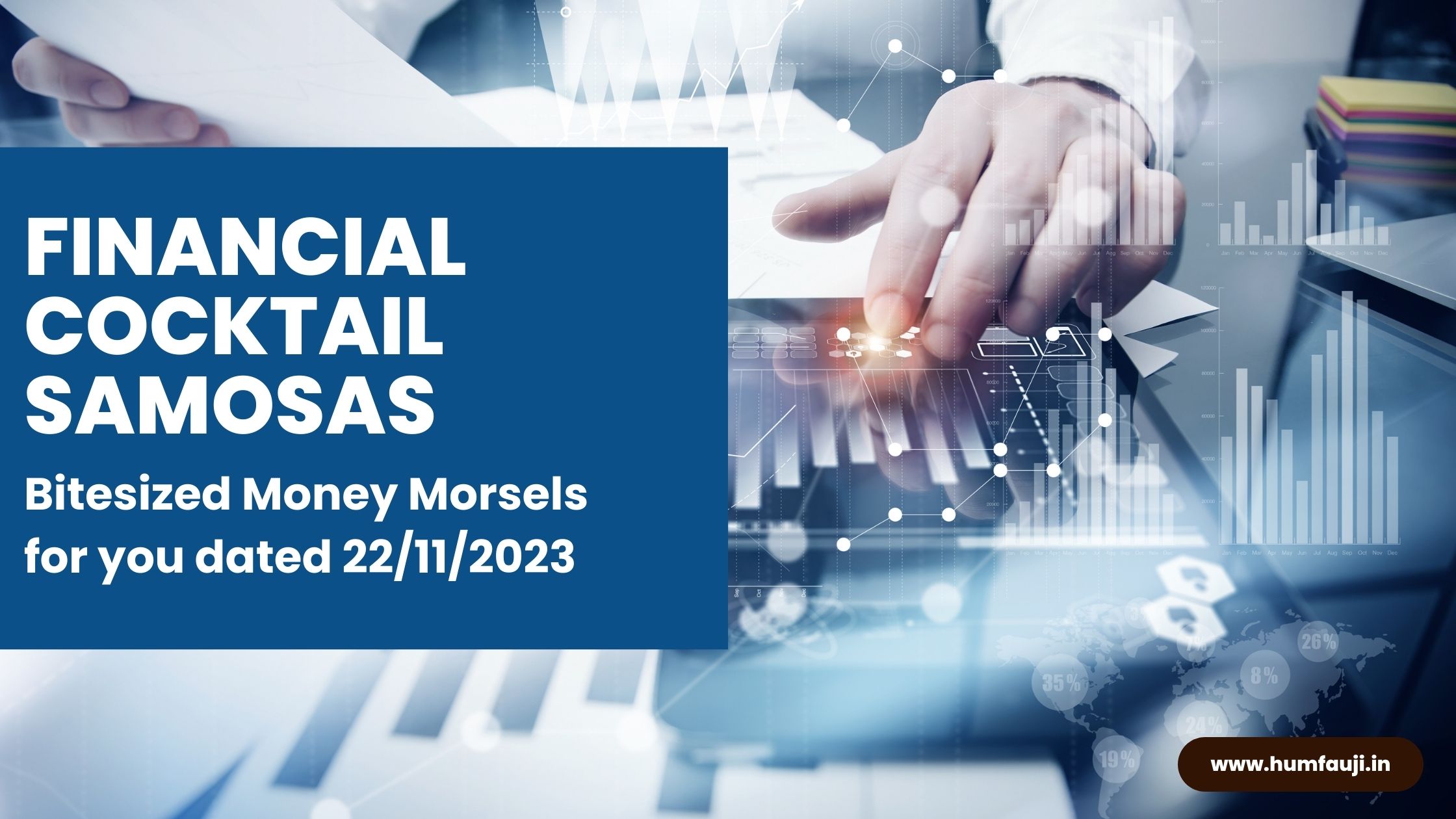Risk Management in a Booming Market: Crucial aspects you cannot overlook
In the midst of a market rally, the allure of high returns can be irresistible for investors. However, the surge in stock prices also brings about increased risks that should not be overlooked. Successful investing is not just about chasing profits but actually more about managing risks effectively. Here, we’ll discuss the critical aspects of risk management that every investor should consider in a booming market.
Diversification: The Foundation of a Robust Portfolio
Diversifying your investment portfolio is a timeless strategy, and its importance only amplifies during periods of market exuberance. In a booming market, certain sectors may be disproportionately driving gains, creating vulnerability if those sectors experience a downturn. By spreading your investments across different asset classes, sectors, and geographies, you can mitigate the impact of a potential market correction.
Reassessing Risk Tolerance: Aligning Investments with Personal Goals
As the market surges, it’s essential for investors to reassess their risk tolerance. Aligning your investment strategy with your risk tolerance ensures that you can stay committed to your long-term goals without succumbing to emotional decision-making during market volatility.
Regular Portfolio Reviews: Adapting to Changing Market Conditions
In a rapidly changing market, periodic portfolio reviews are crucial. Regularly assessing your investments allows you to rebalance your portfolio, ensuring that your asset allocation aligns with your financial objectives.
Setting Realistic Expectations: Managing Performance and Avoiding FOMO
During a market rally, the fear of missing out (FOMO) can lead investors to make impulsive decisions. Setting realistic expectations about investment returns is vital for avoiding emotional reactions to short-term market fluctuations.
Remember, the key to long-term success is to capture upswings while safeguarding against downturns. Consult a financial planner to tailor these strategies to your unique situation.
(Contributed by MF Alam, Sr. Research Analyst, Hum Fauji Initiatives)
Debt Funds should continue to be your safe investment mainstay
Debt funds offer more than just tax benefits. Even with indexation benefits gone, their diversified potential, huge flexibility, and better returns make them a very potent safe investment avenue. Let’s explore further.
Liquidity
Most debt funds are highly liquid, allowing investors to redeem their investments quickly and easily. This is in contrast to SCSS, which has a lock-in period of five years, and bank FDs, where you pay penalties for premature withdrawals.
Tax Efficiency
In bank FDs, you are taxed every year, while in debt funds you pay only when you redeem. Additionally, and this is a very huge one, investors can offset their capital losses on debt funds against their capital gains from other sources like real estate and stocks, and vice versa. Also, unlike bank FDs, no TDS is deducted from the debt funds.
Risk Profile and Market-to-Market
While bank FDs offer low risk, debt funds provide flexibility in tailoring risk exposure. Additionally, debt funds benefit from M2M accounting, which can provide an advantage in falling interest rate scenario as is happening now. Given that interest rates are currently at their peak and are expected to decline in the near future, debt funds are a more attractive investment option compared to bank FDs.
Higher Return Potential
Debt funds have the potential to generate higher returns than SCSS and FDs, especially in the long term. This is because debt funds invest in a diversified portfolio of fixed-income instruments, including corporate bonds, government securities, and money market instruments.
Systematic Withdrawal Plan (SWP)
The cherry on the cake is that you can take a monthly pension or income from debt MFs while saving up to 60-70% of the tax that you would otherwise pay from any other source including a government pension.
Debt funds have evolved from mere tax-saving tools to versatile financial instruments that offer stability, regular income, and diversification. By embracing this broader spectrum of benefits, investors can effectively achieve their financial goals and build a secure future.
(Contributed by Vishakha, Relationship Manager, Team Arjun, Hum Fauji Initiatives)
Will your top-performing fund always remain on the top….???
In the world of investing, it is tempting to chase after the top-performing mutual funds. After all, who wouldn’t want to invest in a fund that is consistently beating the market?
However, it is important to remember that past performance is not necessarily indicative of future results. Look at the following:-

As depicted in the above table, you can see that the top fund of 2017-19 is ranked at 165 in the year 2020-22.
Several reasons why the top-performing fund does not always remain on top:
- Market sentiment is constantly changing. Market conditions can dramatically affect a fund’s performance.
- Fund managers are human and make mistakes. While fund managers strive to make sound investment decisions, they are not infallible. Wrong calls can lead to poor performance.
- Funds can become too popular. When a fund becomes too popular, it can attract more money from investors. This influx of cash can increase the fund’s size and holdings, making it more difficult for the fund manager to maintain the same level of performance.
Tips to avoid the trap of chasing top-performing funds:
- Evaluate performance over multiple time periods. Don’t just focus on recent performance.
- Consider the fund’s investment style. What types of investments does the fund invest in? Does the fund manager have a proven track record of success with this investment style?
- Invest for the long term. Don’t expect to get rich quickly by investing in top-performing funds. Focus on building a diversified portfolio and investing for the long term.
That is why it is very important that your portfolio should be reviewed at regular intervals and balanced if required. Is your current financial advisor doing that?
(Contributed by Avinash Kumar, Research Executive, Hum Fauji Initiatives)



